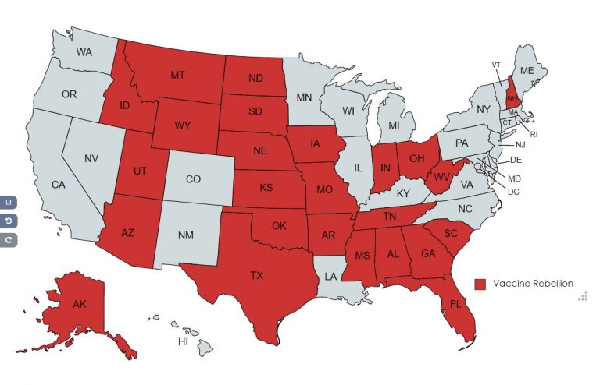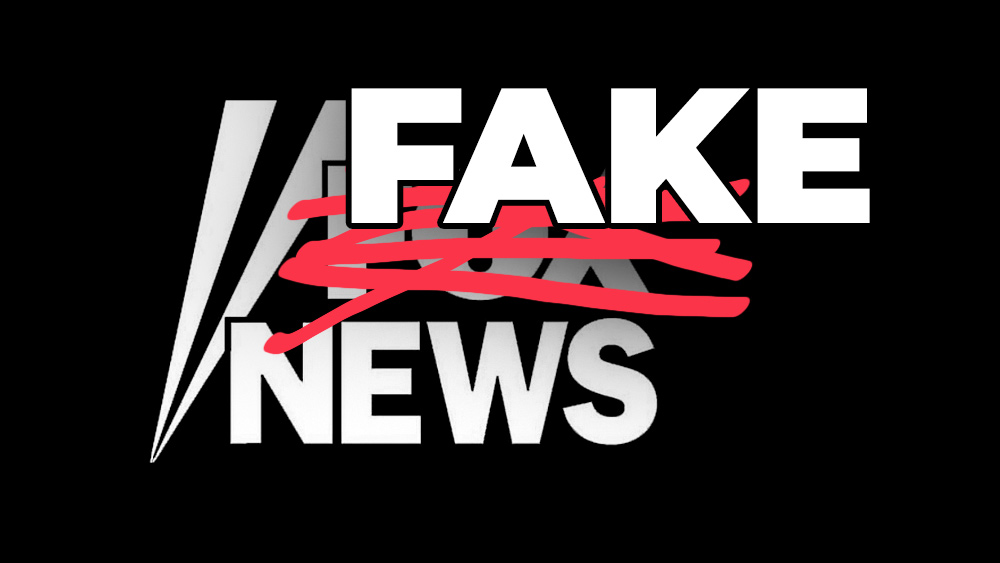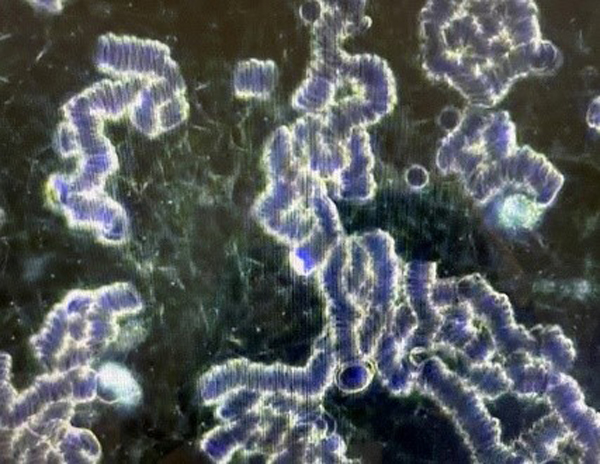University scientist accused of doctoring Alzheimer’s research results to promote new drug
07/29/2022 / By Ethan Huff

An investigation into a potentially fraudulent research study involving a new pharmaceutical drug for Alzheimer’s disease has prompted a senior scientist at the University of Minnesota (UoM) to speak out against the alleged culprit.
Declining to comment specifically about the scandal, Dr. Karen Ashe says it is “devastating” that Sylvain Lesné, a neuroscientist and the researcher in question, may have doctored images in a study in order to prop up its results.
The paper with potentially false imagery was published in Science magazine, and it allegedly exaggerated the effects of a drug for Alzheimer’s that we can only guess is aimed to be the next “blockbuster” money generator for Big Pharma.
“Having worked for decades to understand the cause of Alzheimer disease, so that better treatments can be found for patients, it is devastating to discover that a co-worker may have misled me and the scientific community through the doctoring of images,” Ashe wrote in an email to StarTribune.com.
“It is, however, additionally distressing to find that a major scientific journal has flagrantly misrepresented the implications of my work.”
Ashe hired Lesné to lead the study, so she, too, could be held liable if it is discovered that Lesné altered study results to make the drug appear safer and more effective than it actually is. (Related: Alzheimer’s disease is a “side effect” of Wuhan coronavirus [Covid-19] “vaccines”.)
Ashe is said to have co-authored as many as 10 different papers with Lesné and other UoM scientists. Some or all of these papers may include imagery that has been manipulated or duplicated to inflate the role of a protein in the onset of Alzheimer’s.
Hundreds of thousands of American taxpayer dollars were funneled by NIH into Lesné’s Alzheimer’s research
Dr. Matthew Schrag, an Alzheimer’s researcher in Tennessee, colorized and magnified images from Lesné’s studies in ways that reportedly drew suspicion as to their authenticity.
Expert consultants who took a look at them agreed that some of the images appeared to be manipulated in ways to elevate the importance of A?*56, also called amyloid beta star 56, which is more prevalent in older mice who show signs of memory loss.
“The U studies have been so influential on the course of Alzheimer’s research over the past two decades that any evidence of manipulation or false study results could fundamentally shift thinking on the causes of the disease and dementia,” reported StarTribune.com.
“The investigation also implicates two successful researchers on a key measure by which they are judged: their ability to pull in federal grants.”
It turns out that Lesné has taken in hundreds of thousands of dollars in American taxpayer money over the years for this potentially fraudulent research. The agency that procured these grants is none other than the National Institutes of Health (NIH), which was formerly headed by Francis Collins, a close friend of Tony Fauci.
“I think those corrected images are quite problematic,” said Schrag, who speculates that the research in question was manipulated to make the aforementioned protein appear more significant than it truly is for the purpose of pushing new pharmaceutical drugs.
It turns out that there have been many research scandals at UoM over the years, including papers dealing with schizophrenia drugs, stem cell drugs, organ transplantation drugs and more. A statement from the medical school says the investigation of Lesné’s work will follow the same “standard policy of research misconduct allegations” as the others.
Ashe, meanwhile, claims it is unfair that her work is being targeted in such a manner and apparently disputes any wrongdoing.
More related news about Alzheimer’s disease and dementia can be found at Alzheimers.news.
Sources for this article include:
Submit a correction >>
Tagged Under:
This article may contain statements that reflect the opinion of the author
RECENT NEWS & ARTICLES
BadMedicine.News is a fact-based public education website published by BadMedicine News Features, LLC.
All content copyright © 2019 by BadMedicine News Features, LLC.
Contact Us with Tips or Corrections
All trademarks, registered trademarks and servicemarks mentioned on this site are the property of their respective owners.




















